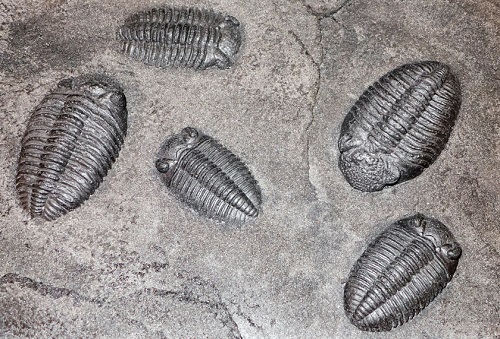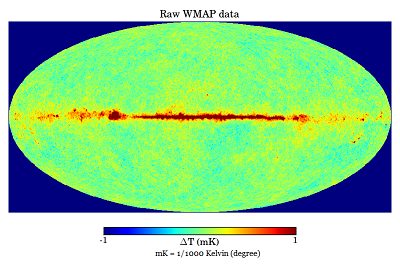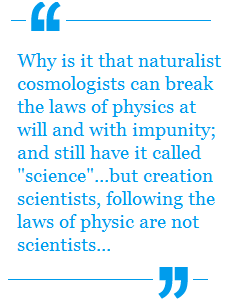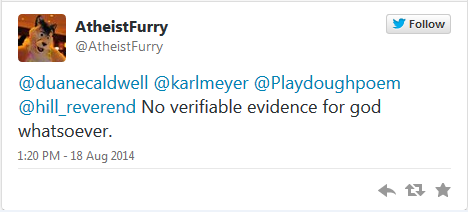
There is an obvious answer to this question, and the only reason to ask this question in the first place is to attempt to deny that obvious answer. But attempts to deny the obvious are self-contradictory. So the humanists and atheists and other “ists” who believe they are the masters of logic and reason show their foolishness when they attempt to deny the obvious answer to this question. They are the perfect example of the foolish idolaters identified in Romans chapter 1:
“Although they claimed to be wise, they became fools and exchanged the glory of the immortal God for images made to look like mortal man and birds and animals and reptiles.”
(Rom 1:22-23 )
Those who fall into the trap of repeating this foolish question from supposed wise philosophers and thinkers do not realize that they have fallen into a form of idolatry. That is because the idol is hidden from their view. It is made possible by their own ability to think, reason and question. Such thoughts become idolatry when the thinkers place the conclusions from their thoughts above the clear declarations and revelations of God and God’s word. Anything that displaces God from his rightful place is an idol, so those asking “is there any such thing as truth?” are really expressing a form of idolatry, akin to saying “is there any better god than this calf idol?”.
Jesus stated he is truth incarnate (“I am the Way the Truth, and the Life, no one comes to the Father except through me.” John 14.6), so to deny there is such a thing as “truth” is to deny the clear declarations and revelations of God, that: Continue Reading











